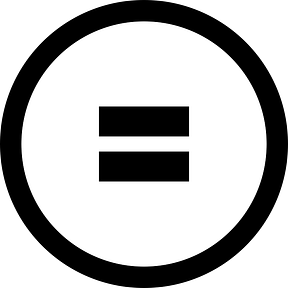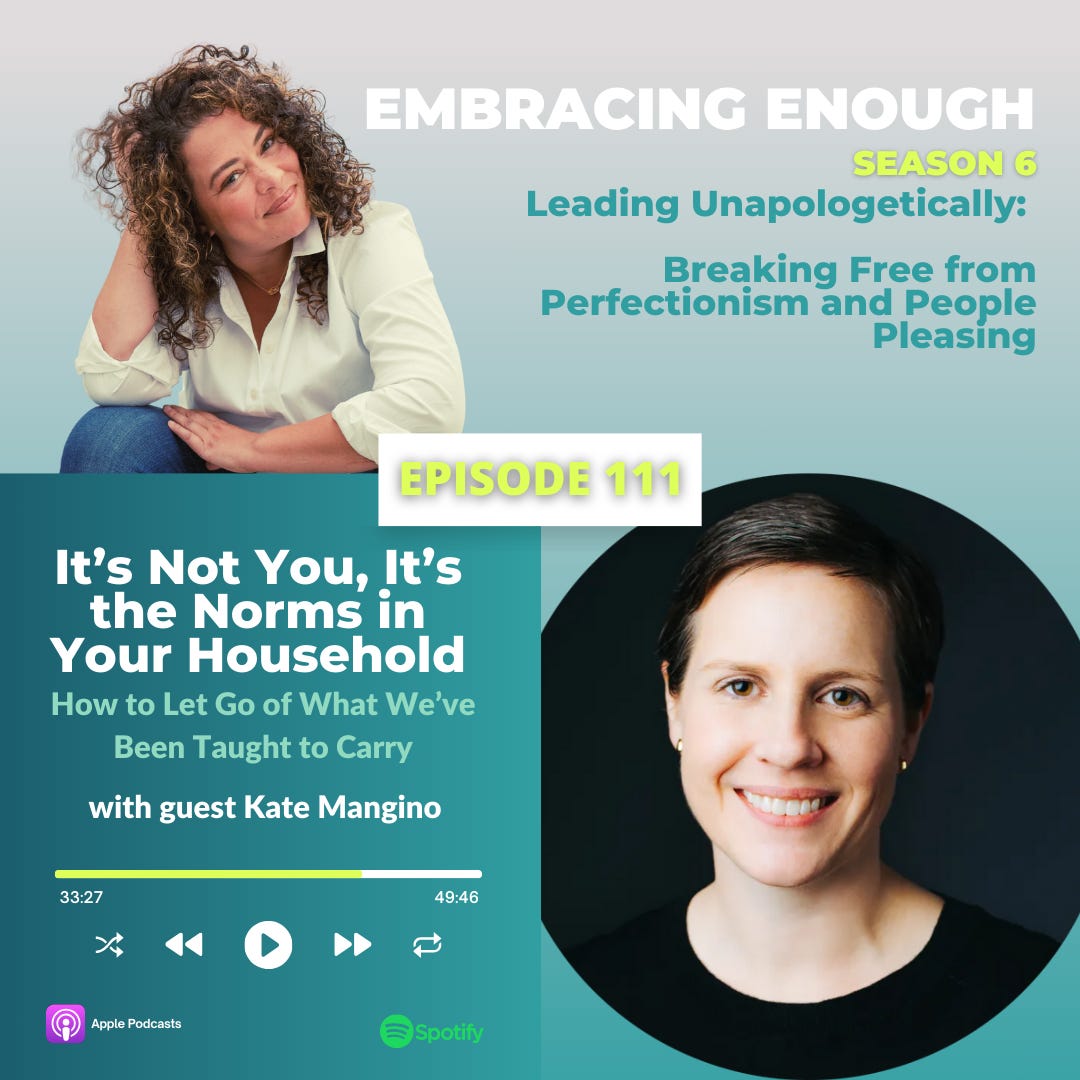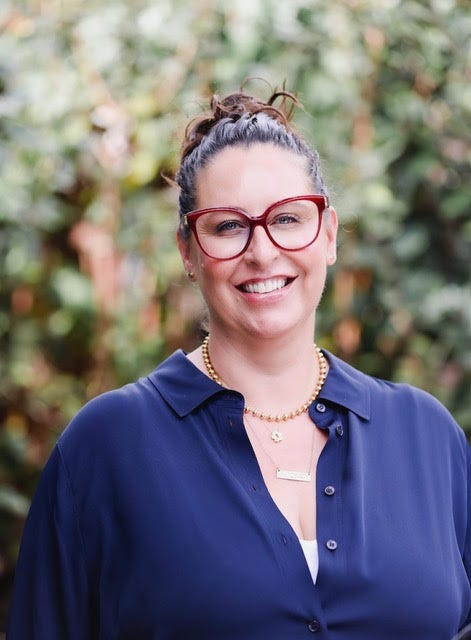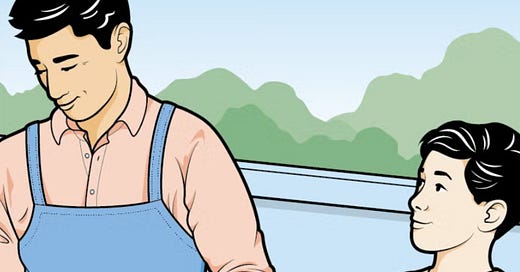I spent many hours reading up on porn literacy the past few weeks for a writing project I’m working on. When I mentioned this to a few friends, I got texts back asking …. What exactly is porn literacy? Apparently, this is not a mainstream thing. I mean – it’s out there! And it comes up a lot in the gender world. (Google it and you’ll find no shortage of information.) But if I was getting questions from my friends, then I thought it would be worth talking about porn literacy on Substack.
So, here goes…
When we say someone is literate, we are indicating that they know how to read. When we say someone is financially literate – it means they know how to manage money. The key term here is “know how.” Being literate means you know how to do something.
So basically, porn literacy means you know how to watch and understand porn.
If you want a more robust definition, ChatGPT says porn literacy is, “equipping individuals, particularly young people, with the knowledge and skills to critically analyze and understand pornography’s messages and impacts.”
Now, if you’re thinking… GROSS! I don’t want to think about porn. No one should watch it. Why is Kate even talking about it? Well … think again.
True, there are current lawsuits trying to make it harder for teens to access porn. (You can read an U.S. update here.) But we know that when kids want to do something, they usually figure out a way to it. And regardless, everyone is legally able to watch porn at 18. So even if these lawsuits succeed, which would be great, 18 is still plenty young enough for porn to shape a growing human’s concept about sex.
More than half of American boys encounter porn by the time they turn 13 years old. Porn is just our reality.
Take a second to think that through. We’re talking 6th and 7th graders. Do you know any 13 year olds? They’re still LITTLE. And they’re like information sponges - soaking it all up, and forming all kinds of opinions about the world around them. Which is why we need to be honest and direct about the information they are accessing.
A lot of my new porn literacy knowledge came from an interview I did with Christopher Pepper, who is a health teacher and has a fabulous Substack – Teen Health Today – that I highly recommend for any parent. [Christopher also has a book coming out in the fall, and (YAY) he’s already agreed to do an interview here when that launches. Stay tuned!]
Christopher explained that there is limitless free porn available online to anyone who looks for it – but what parents don’t often realize is that a lot of pornography finds its way to boys who aren’t looking for it. When teenage boys google things, say looking for basic information like, “how big is the average penis” or “how do I get a girl to like me” they are often diverted to sites that slowly introduce them to pornography.
Point being, whether we like it or not, boys are watching porn. And their watching porn has very real impacts on how boys understand sex and enter relationships. If you’re not convinced, read this terrifying article about the uptake of sexual strangulation among teens. (You know, in case you needed something else to keep you up at night.) We just can’t ignore the fact that porn is part of our boys’ lives.
Hence, the need for porn literacy. We have to teach boys (all kids, really – but I’ll get to that later) to watch porn in an informed way.
When my kids first started watching TikTok videos, Evan and I had to have a series of conversations with them. We had to explain that these looked like spontaneous occurrences, but that most videos were actually scripted, planned, rehearsed, edited and produced. When you watch a movie or a sit-com, you know it’s fiction, so you view it with that framework in mind. But when kids watch TikTok or YouTube videos, there is the illusion of authentically candid content, which makes kids think the video is a snapshot from someone’s real life. And that is the problem, because that is where the danger is – when kids start to think “if this is what other people’s lives are like… then maybe this is what MY life should be like.”
We have to teach our kids – and thankfully, many schools are on board, too – that it is best to assume that all TikTok videos are no different from commercials or TV shows. Practically all internet content has an objective, comes from a specific point of view, is carefully choreographed to deliver a message, and is heavily edited.
Christopher explained to me that this is also the way we need to talk about porn. We need kids to understand what they’re watching so they can put it in context. They need to understand that porn is also scripted entertainment; the negotiations around boundaries and consent usually aren't shown, and the comfort and pleasure of the performers (especially women) is often not prioritized.
Christopher added, “Teens sometimes try to use porn as an educational tool, but it's not going to show them much about love or mutual respect, or provide examples of what most healthy sexual relationships look like in real life.”
Basically, we need to talk to boys directly; we need to explain that porn is not representative of real sexual relationships, and that what they watch online is not what he should expect his current or future partner(s) to do.
What About Girls?
Yes, we specifically need to talk to boys about porn literacy. But, in my opinion, we also need to talk to kids of all genders about porn literacy - including girls.
A boy whose only framework for sex is based on his experience with porn is probably not going to know how to enter a healthy physical relationship. His experience with porn might explain some assumptions he is making about sex – it might explain some things he tries without asking first, or things he expects his partner to do. Understanding a boy’s framework – his porn literacy (or lack thereof) – is really important context for his future sexual partners.
We need to tell all kids, regularly:
· Healthy, real life sex is really different than the way it is portrayed in pornographic videos.
· No human is a mere object of your enjoyment. You need to consider the other person’s feelings, enjoyment, and comfort level. (Also… you are not a mere object of another person’s enjoyment! And if they treat you like one, know that you deserve more.)
· You can be open and honest about what you like and what you don’t like. And you need to listen to what others like and don’t like.
· Anyone can change their mind at any time. Just because you tried something once, it does not mean you have to do it again. Just because you did something with someone once, does not mean you should expect it in the future.
In discussing porn literacy with my own daughter, she said “adults and teachers – when they talk about sex – they always put it in terms of black and white. Sex is wrong, porn is wrong, don’t do it. But that’s not really how life works. That just isn’t our reality. Life is just all grey.”
My intention is to continue to educate myself, and lean into the gray.
If you want to read more, there’s a lot of good stuff out there! I checked out several websites this week, and personally I liked Sex Positive Families the best. They have easy to follow resources to help with age-appropriate conversations on a range of topics, including pornography.
An extra shout out and thank you to Caroline Hayes of Equimundo who pointed me towards resources. If you find other articles or websites that you like – share them here or let me know!
And thanks again for Christopher Pepper for his time. I promise we’ll be hearing from him again soon!
This newsletter arrives (just about) every Wednesday afternoon. This is in honor of my dad, who used to call Wednedays “hump day.” He’d say - Katie! You’ve got the majority of the week behind you already, and you’re so close the the weekend. So, when this hits your inbox - even if you don’t read it - think to yourself… congratulations! You made it over the hump, and you’re closing in on the weekend.
Thank you for reading! Please forward this on to anyone who might be interested.
Share













